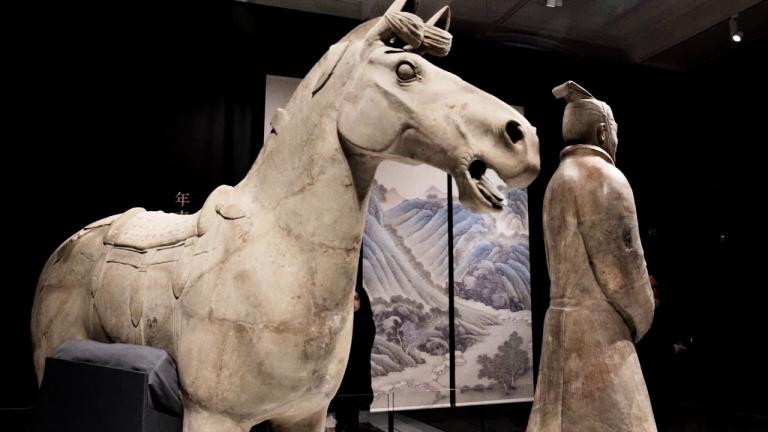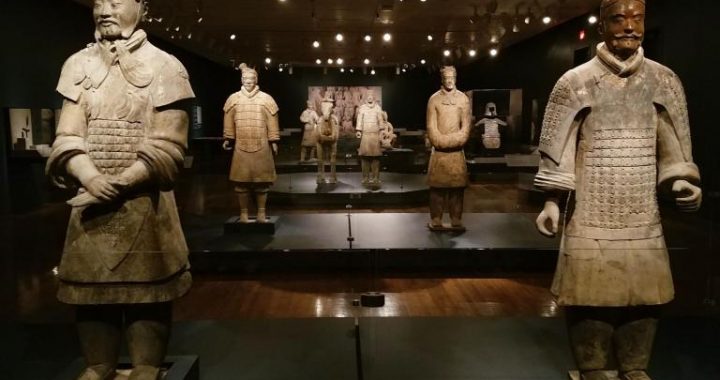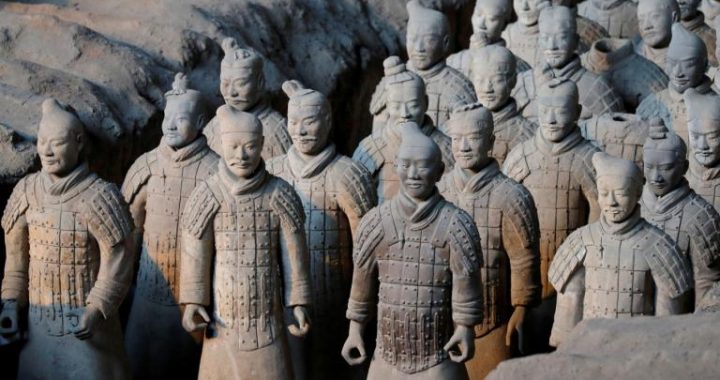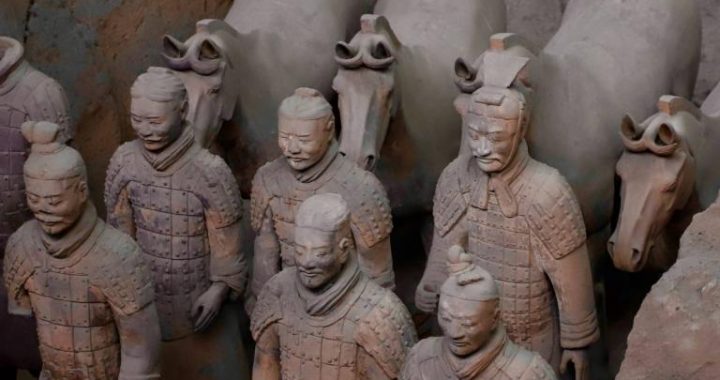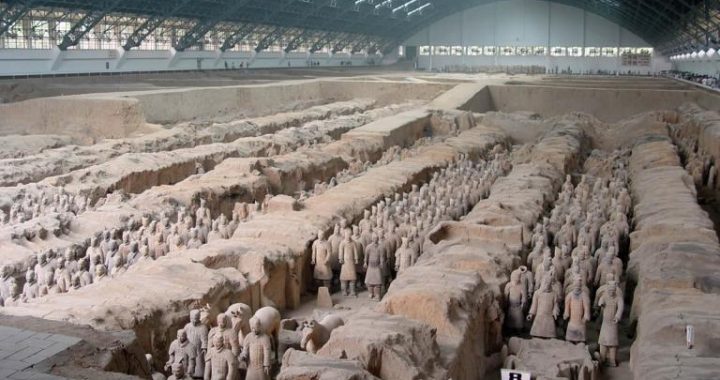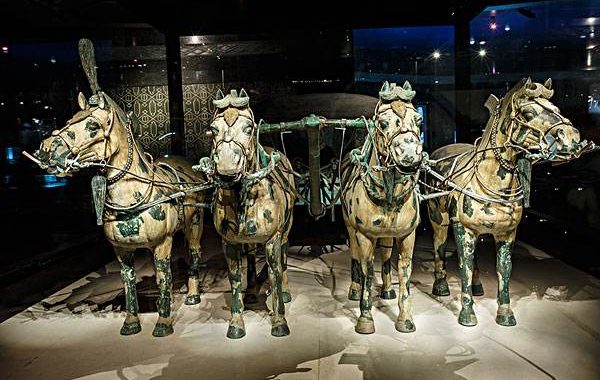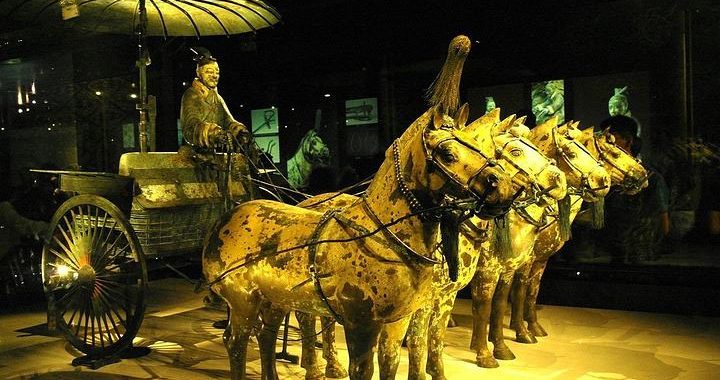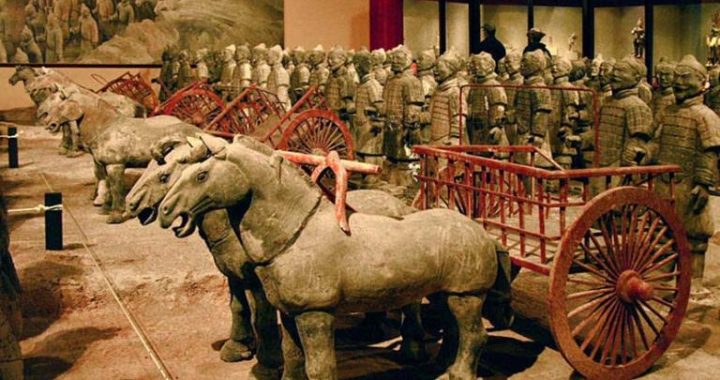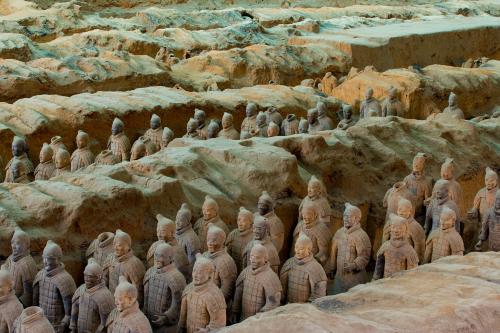The Terra cotta Warriors and Horses Museum
3 min read“Conquest of Six States by the First Emperor of China”Viewed from Terracotta Warriors and Horses
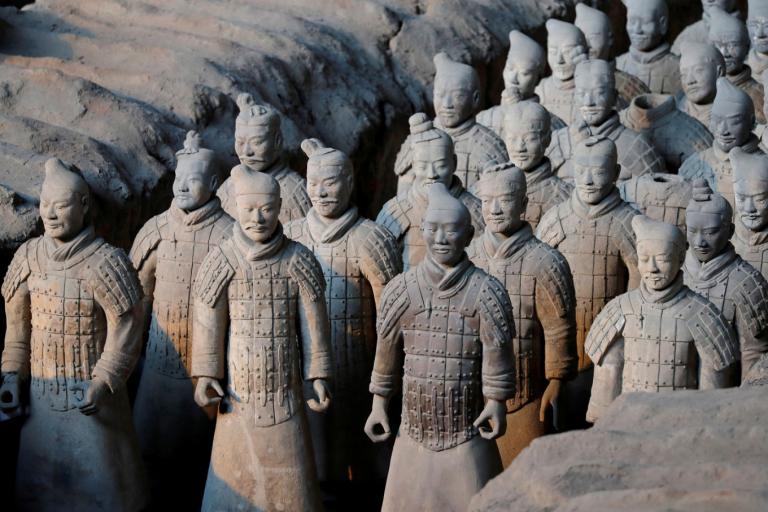
The First Emperor of Qin (259 BC-210 BC) was the first person to establish a united feudal dynasty in China’s history, reputed as “the First Emperor of China”. He created the imperial system, and adopted a series of measures to strengthen centralization of authority, including promotion of the prefecture and county system, unification of Chinese characters, weights and measures, construction of the Great Wall, etc. He turned China into a unified country, and laid down the basic pattern of China’s political systems in the next more than 2,000 years. The grand lineup of terracotta warriors and horses of the First Emperor of China excavated in the 1970s fully shows the power of the Qin Empire and the ambition of the First Emperor of China.
Most terracotta warriors and horses of the First Emperor of China were unearthed from Pit 1 discovered in 1974 and Pit 2 and Pit 3 discovered in 1976. There are about 8,000 terracotta warriors and horses in these three pits. Pit 1 mainly contains infantrymen in a rectangular formation of alternating chariots and infantrymen; Pit 2 contains a winding formation of mixed chariot soldiers, cavalrymen and infantrymen; Pit 3 is the army commander’s headquarters called “army tent”in ancient times. These terracotta figurines are numerous and their costumes and postures vary with posts and arms of the services, but they are all majestic and the huge size and spectacular sight of their formation are really rare at all times and in all countries, fully reflecting the imposing air of the First Emperor of China who “conquered six states and commanded one million soldiers, one thousand chariots and ten thousand horses”.
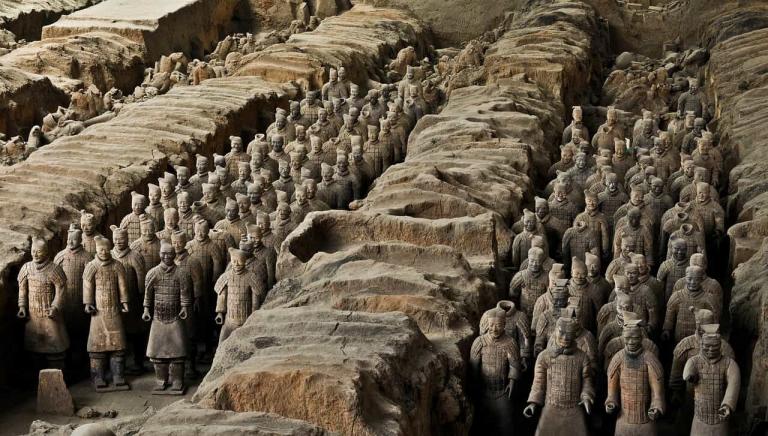
The terracotta warriors are usually 1.75 to 1.85 meters tall, some wearing armor, somecarrying long swords around their waists, and some holding long spears in their hands, manifesting the majestic and valiant appearance of the Qin army. The terracotta horses are usually 1.5 meters tall and 2 meters long, looking sturdy and energetic and showing the momentum of staying still like mountains and running like the wind.
The terracotta warriors and horses seen by people today basically show the original color of grey pottery, but in fact they were colorful in the past and were weathered after being unearthed. We can imagine how imposing and magnificent colored terracotta warriors and horses would be! Colored paintings on terracotta warriors and horses mainly have the nine colors of red, green, blue, yellow, purple, brown, white, black and cyan. Laboratory tests shows the pigments used for them are all mineral pigments,i.e. the main pigments for Chinese traditional paintings. So many mineral pigments were used for terracotta warriors and horses more than 2,000 years ago. This was of very important significance in the colored painting history and even the science and technology history. Colored paintings on terracotta warriors and horses also have many unique characteristics such as complex working procedures, diverse methods and careful coloration, fully showing the texture and layers of colored painting and achieving the artistic effect of complementation between sculpture and colored painting.
A terracotta shooting warrior in armor on the knees To sum up, the terracotta warriors and horses of the First Emperor of China shaping real power and depicting calmness are great creations typical of Qin people’s imposing manner and style.
